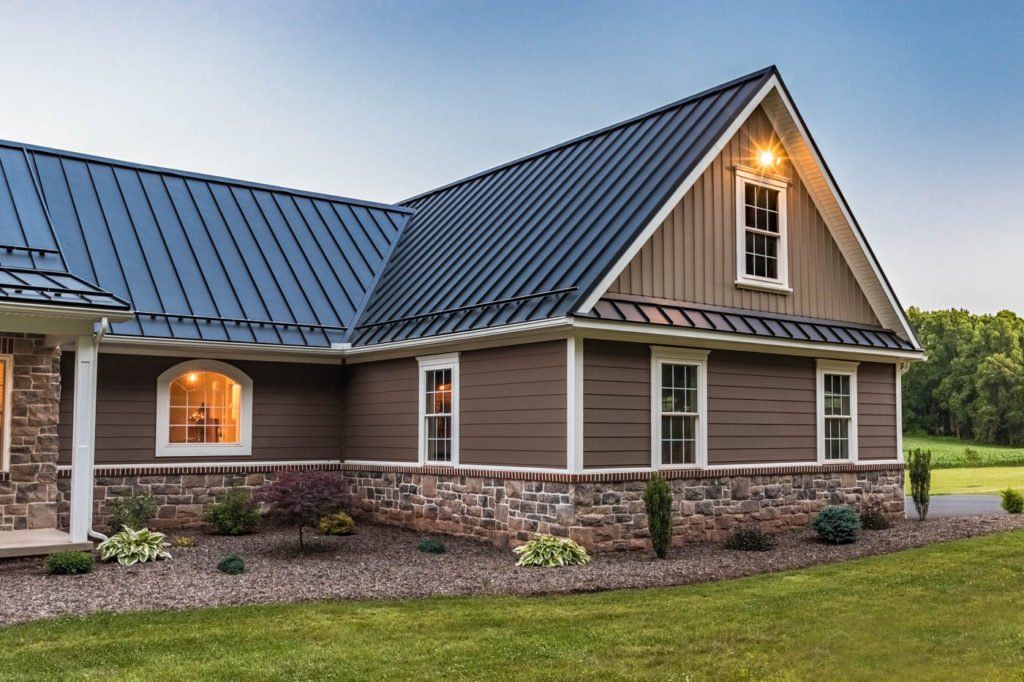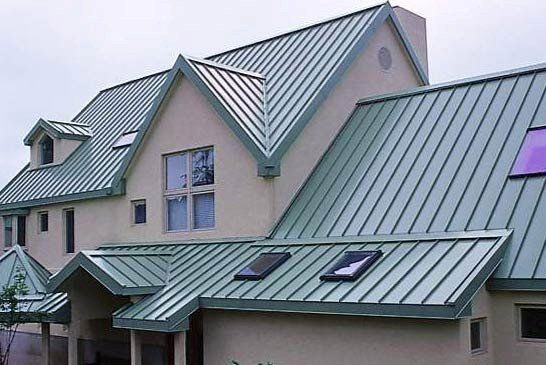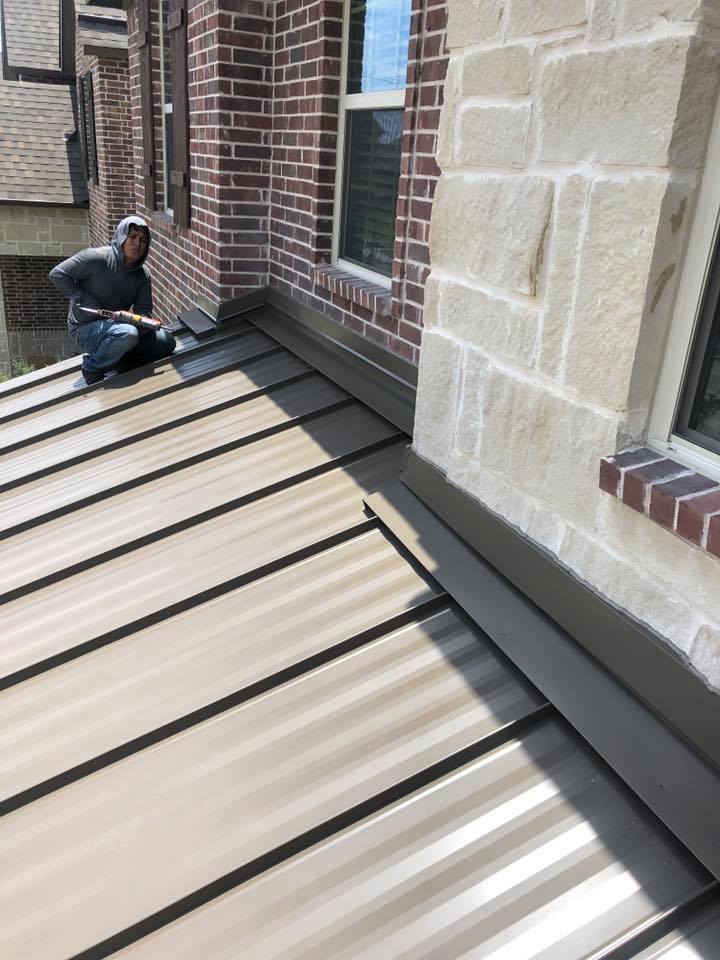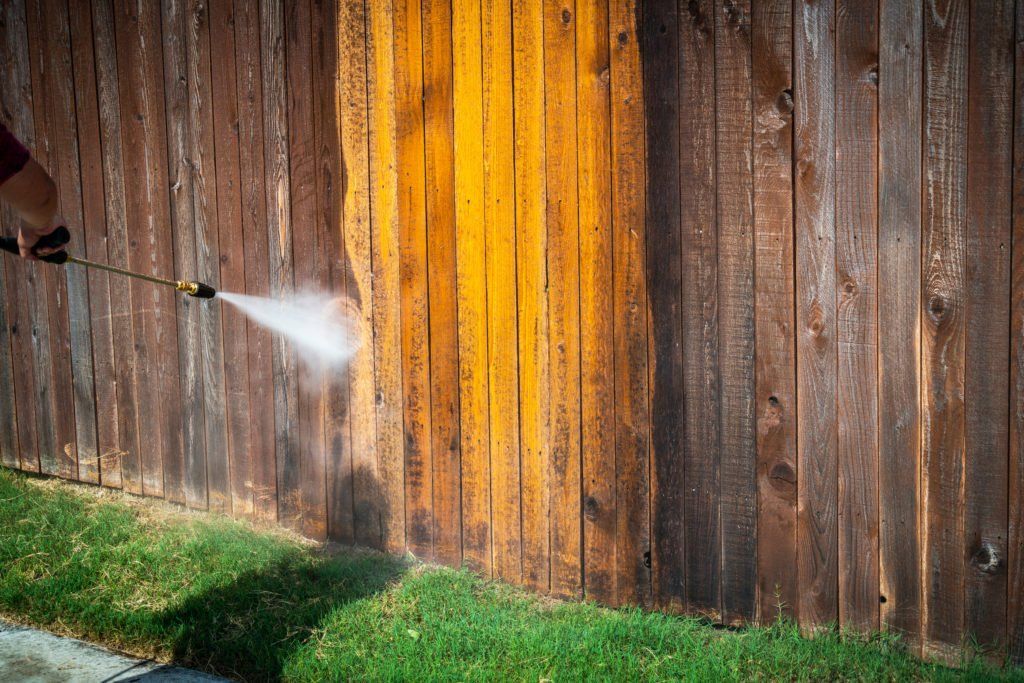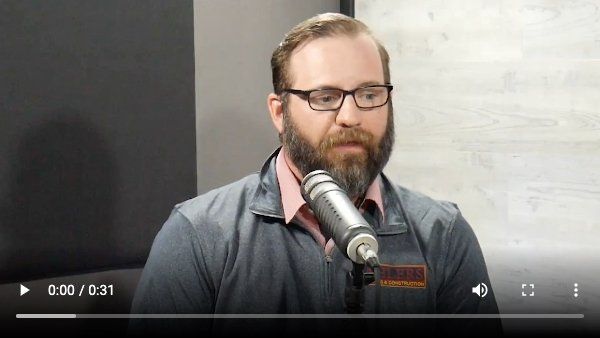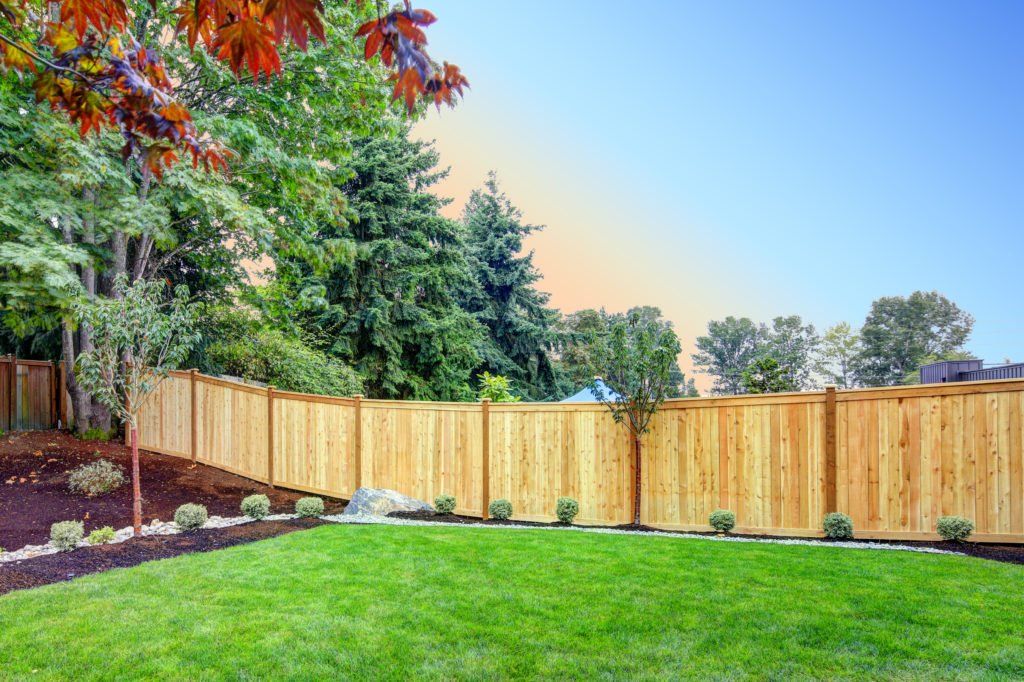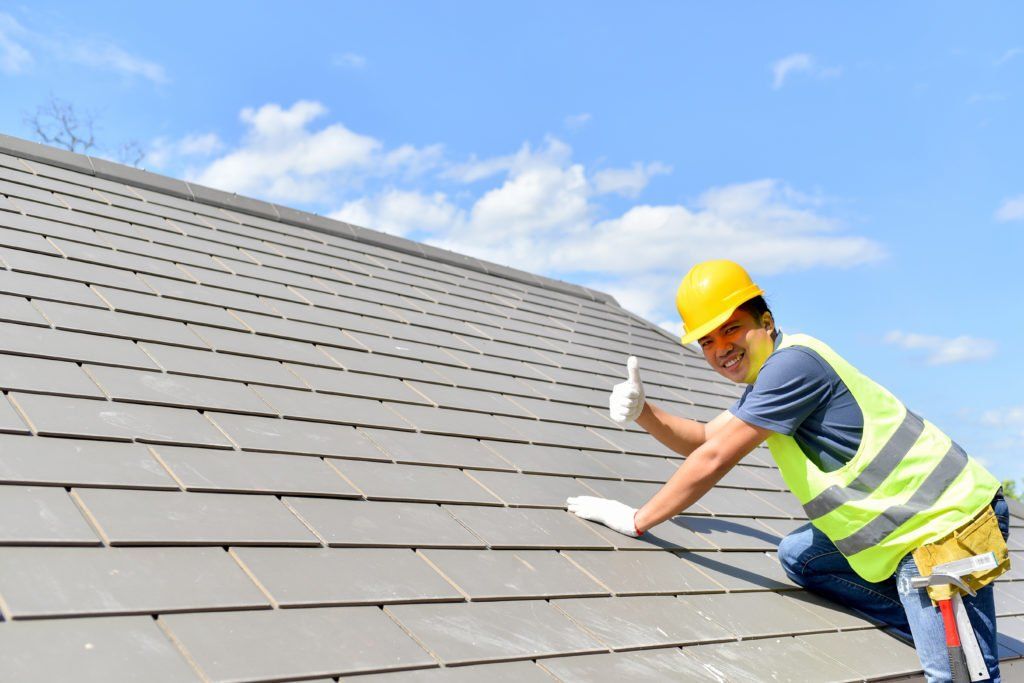Roofing 101: Understanding Your Roof's Lifespan

Roofing 101: Understanding Your Roof's Lifespan
Your roof is one of the most critical components of your home, offering protection from the elements and ensuring your safety and comfort. However, many homeowners are unaware of the factors that determine how long a roof will last and how to maintain it properly. In this comprehensive guide, we’ll walk you through everything you need to know about your roof’s lifespan, what influences it, and how to ensure it serves you for years to come.
What Is the Average Lifespan of a Roof?
The lifespan of a roof can vary significantly depending on the materials used, climate conditions, and how well it has been maintained. On average, the lifespan of a roof made from common materials is as follows:
- Asphalt shingles: 20-30 years
- Wood shingles: 25-40 years
- Metal roofing: 40-70 years
- Clay or concrete tiles: 50-100 years
- Slate tiles: 100+ years
While these numbers give a general estimate, your roof's actual lifespan can be influenced by several factors that we’ll discuss next.
Factors That Affect Your Roof’s Lifespan
Material Quality
The quality of roofing materials plays a significant role in determining how long your roof will last. Lower-quality asphalt shingles, for example, may only last 15-20 years, while higher-quality options can reach 30 years or more. Premium materials such as slate and metal are designed to withstand harsh conditions for decades longer than asphalt. When selecting roofing materials, it’s important to invest in high-quality products that offer durability and longevity.
Installation
Even the best materials won’t last if your roof is not installed correctly. Poor installation can lead to problems such as leaks, shingle misalignment, and inadequate sealing. Hiring an experienced, professional roofing contractor is essential to ensuring that your roof is installed properly. This will not only improve the lifespan of your roof but also prevent costly repairs down the road.
Climate Conditions
Climate is a crucial factor in how long your roof lasts. Roofs in areas with extreme weather, such as heavy snow, intense sun, high winds, or frequent hail storms, tend to deteriorate faster. UV rays from the sun can weaken shingles, while moisture from rain or snow can cause rotting or mold growth. In coastal areas, salt can corrode certain materials. Understanding the climate where you live will help you choose the right roofing material and maintenance plan.
Roof Maintenance
Regular maintenance is key to extending the lifespan of your roof. Routine inspections, cleaning, and minor repairs can go a long way in preventing larger issues. Common maintenance tasks include removing debris, checking for damaged or missing shingles, cleaning gutters, and addressing any leaks immediately. A well-maintained roof will last significantly longer than one that is neglected.
Ventilation
Proper ventilation is essential for a long-lasting roof. Without it, heat and moisture can build up in your attic, leading to problems like shingle deterioration, rot, and mold. Ensuring that your roof has adequate ventilation allows air to circulate and prevents the excessive heat and moisture that can shorten your roof’s lifespan.
Roof Slope
The pitch or slope of your roof can also impact how long it lasts. Steeper roofs tend to shed water and snow more effectively than low-slope roofs, which are more susceptible to pooling water and leaks. If you have a low-slope or flat roof, make sure it is properly sealed and maintained to avoid issues.
Trees and Vegetation
While trees provide shade and enhance the aesthetics of your home, they can also pose a risk to your roof. Overhanging branches can damage shingles or even cause structural damage during a storm. Additionally, leaves and debris can accumulate on the roof, trapping moisture and accelerating wear and tear. Keeping trees trimmed and ensuring no debris builds up on your roof will help maintain its condition.
Signs Your Roof Needs to Be Repaired or Replaced
Knowing when your roof needs attention is essential to avoiding more significant problems like leaks, water damage, or structural issues. Here are some common signs that it’s time to repair or replace your roof:
- Missing or damaged shingles: If you notice cracked, curled, or missing shingles, it’s a sign that your roof is aging or has suffered weather damage. Replacing individual shingles can help extend your roof’s lifespan, but if many shingles are damaged, a full replacement may be necessary.
- Leaks: Any sign of water damage inside your home, such as stains on your ceiling or walls, means you likely have a leak in your roof. Leaks should be addressed immediately to prevent further damage to your home’s structure.
- Sagging: A sagging roof is a sign of serious structural damage and should be inspected by a professional immediately. This issue often indicates that the underlying decking or support beams are rotting or deteriorating.
- Granule loss: Asphalt shingles have a protective coating of granules that help them resist UV rays and other environmental factors. If you find granules in your gutters or notice bald spots on your shingles, it’s a sign that your roof is nearing the end of its life.
- Moss or algae growth: While moss or algae on your roof may seem harmless, it can trap moisture and accelerate deterioration. If you notice green patches on your roof, have it cleaned and inspected to prevent further damage.
- Higher energy bills: An aging roof with poor insulation can cause your heating and cooling costs to rise. If you’ve noticed an increase in your energy bills, it may be a sign that your roof is no longer providing adequate insulation and needs attention.
Extending Your Roof’s Lifespan
While every roof will eventually need to be replaced, there are several steps you can take to maximize its lifespan:
- Schedule regular inspections: A professional roofing inspection at least once a year can help catch potential problems early, before they turn into more extensive (and expensive) repairs.
- Clean your roof: Keeping your roof free of debris, leaves, and moss will prevent moisture buildup and extend the life of your shingles.
- Trim trees and bushes: Ensure that no branches are touching or hanging over your roof to prevent damage during storms.
- Check your attic insulation and ventilation: Proper attic insulation and ventilation help prevent heat and moisture buildup, which can cause shingle damage and rot.
- Repair promptly: Don’t wait to address minor issues like missing shingles or leaks. Prompt repairs can prevent further damage and extend the overall life of your roof.
When to Replace Your Roof
Even with the best care, all roofs will eventually need to be replaced. Knowing when it’s time for a replacement can save you from expensive repairs and potential structural damage. Here are some signs that it’s time to replace your roof:
- Your roof is nearing or has exceeded its expected lifespan.
- You’ve had to repair your roof frequently over the past few years.
- There are widespread signs of wear, such as missing or damaged shingles.
- You notice extensive leaks or water damage inside your home.
- Your roof is sagging or showing signs of structural failure.
If you’re unsure whether your roof needs repair or replacement, a professional roofing contractor can provide an assessment and recommend the best course of action.
The Importance of Professional Roofing Services
Your roof is too important to leave to chance. Working with a professional roofing company ensures that you get the highest quality materials, expert installation, and reliable repairs. AtAhlers Roofing and Construction, we understand that your roof is your home’s first line of defense. With years of experience and a commitment to treating every customer like family, we offer exceptional service, durable materials, and expert craftsmanship.
Whether you need a minor repair, a roof inspection, or a full replacement, we’re here to help. Contact us today to schedule your roofing service and ensure your home stays protected for years to come.
Recent Posts



